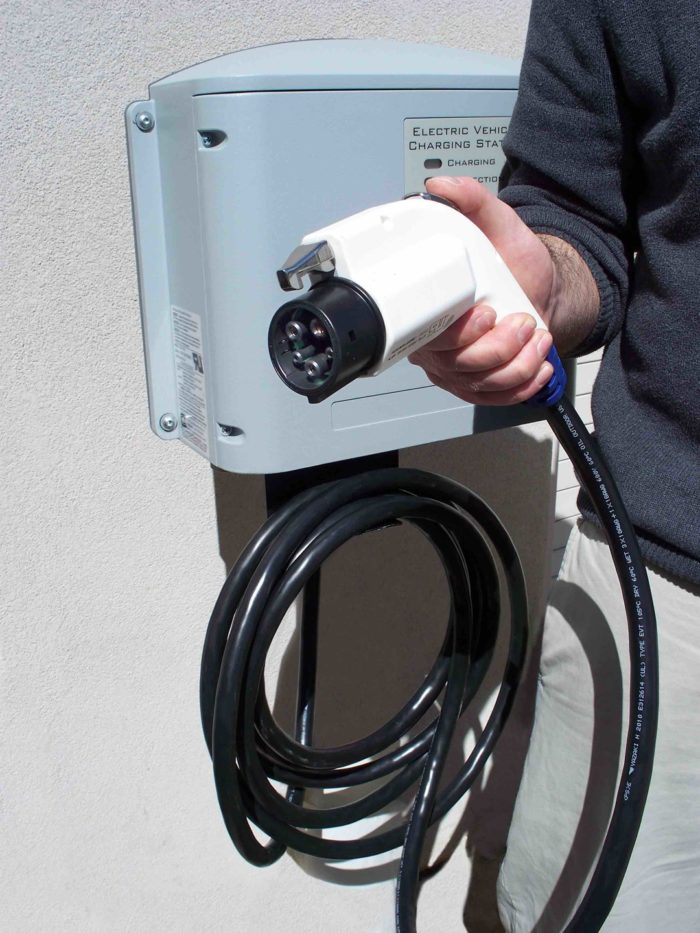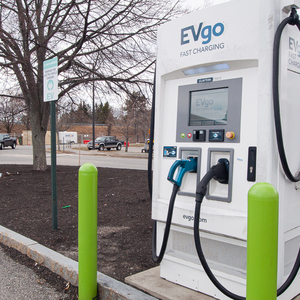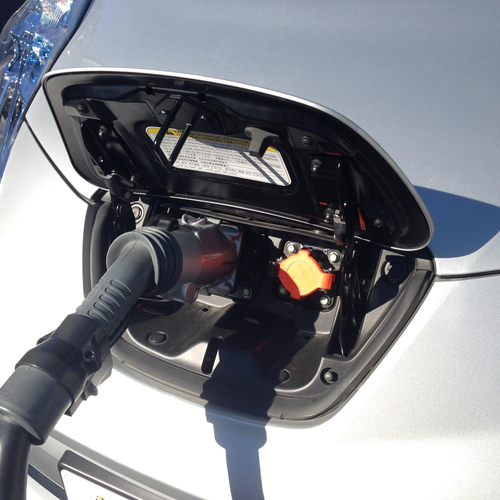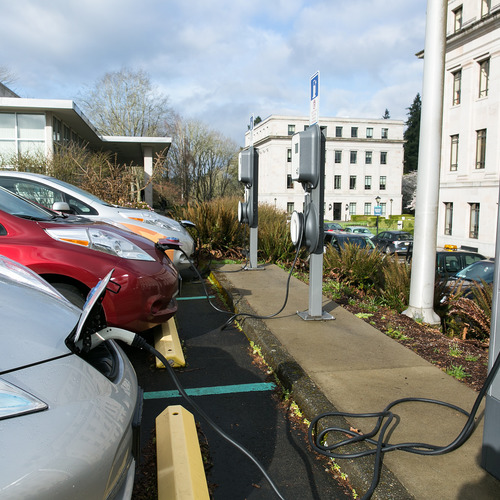
Minnesota now requires investor-owned electric utilities to offer special rate plans for owners of electric vehicles.
UtilityDive reports that the Minnesota Public Utilities Commission took the step because of increased interest in electric vehicles (EVs) but decided to apply it only to investor-owned utilities and not to publicly owned utilities.
At the same time, regulators also approved a surcharge for customers who want all of their EV electricity to come from renewable sources.
The Public Utilities Commission decision follows by about a year the passage of a state law requiring investor-owned utilities to file proposed tariffs allowing customers to buy electricity solely for the purpose of recharging their EVs. Utilities were permitted to offer either a time-of-use rate or an off-peak only rate, according to briefing papers on file with the commission.
Utilities responded to the May directive in different ways. Minnesota Power began offering summer and winter off-peak rates of 4.332 cents per kWh, UtilityDive said. Otter Tail summer off-peak rates were set at 2.962 cents/kWh, with its winter rate at 4.661 cents/kWh. Xcel Energy’s off-peak rate is 3.3 cents/kWh; its peak rate is between 14 cents and 17.5 cents/kWh.
Two of the utilities won’t allow EV charging during peak hours.
Encouraging EV owners to plug in during off-peak hours will help level off some peaks of residential power consumption while giving the utilities a boost in overall demand, the commission’s staff noted:
“If the EV tariffs are well designed and marketed, EV charging during off-peak hours will enhance utilities’ operational efficiency (through increased load factors) and will reduce EV owners’ bills by taking advantage of lower nighttime electricity prices,” the briefing papers said.
“If EV owners have no incentive to charge their cars during off-peak hours, it’s likely that most will begin charging when they arrive home, which could exacerbate the ‘peakiness’ of residential demand,” the staff continued. “A Level 2 EV charger uses a typical household service of 240 volts — similar to an electric dryer — and often requires upgrading or adding wiring and other electric equipment wherever the vehicle will be charged.”
A first in the country?
CleanTechnica reported that Minnesota became the first state in the country to require investor-owned utilities to provide specific peak and off-peak rates for EVs.
But, according to a Tweet that quickly followed, California’s major investor-owned utilities and two largest municipally owned utilities have had EV rates for 15 years or more.
Regardless of who went first, Minnesota sees strong growth ahead for EVs as costs decline and battery technology continues to improve.
“Though EVs are primarily a niche product in Minnesota today, their costs are falling rapidly,” the utility commission staff wrote. “Technological advances have reduced battery costs — which are typically the highest-cost component of an EV — by 50 percent over the last four years… This dramatic decline in battery prices will allow for both price decreases and driving range increases.”
The staff argued EVs can have “tremendous environmental benefits,” particularly if the energy that powers them comes from a diverse generation mix, but that their greater convenience ultimately will give the vehicles broad appeal.
“Extended driving ranges mean EV owners will be able to virtually eliminate trips to the gas station as over 99 percent of trips in the U.S. are less than 100 miles, an overnight charge in the garage will provide more than enough power for practically all outings,” the briefing said. “EVs also cost much less to fuel: if an EV battery is charged on an off-peak rate of 4¢/kWh, the electricity required to drive an EV the same distance as a gallon of gas (the “eGallon” price) would cost only about 40¢.”
Weekly Newsletter
Get building science and energy efficiency advice, plus special offers, in your inbox.















5 Comments
Nissan Leaf in cold climates
Dana,
According to anecdotal reports from Nissan Leaf owners in Vermont -- a mountainous state with cold winters -- driving range drops off so rapidly in winter, especially when negotiating hills, that Leaf owners express disappointment.
I know...
At least in MN they don't have long-ish steep-ish hills to deal with, and just about every parking meter in urban areas has a 115V outlet to power a block-heater, which could be used to top off if there isn't a charging station nearby. (I'd be very curious to hear first-hand accounts of wintertime range issues in MN or ND.) The Leaf seems to be pretty functional & popular in flatter-warmer southern New England for most owners' commuting purposes, but it's not exactly well suited for driving to VT for a weekend ski outing.
The Tesla Model-S seems to be pretty popular here too, which would probably do OK even in a VT winter, at least from a range point of view.
At $0.40 per e-gallon...
At $0.40 per e-gallon it doesn't take very much time to pay off the upcharge for a Nissan Leaf vs. a comparably sized fossil-burner!
Wintertime battery range can be an issue in MN though.
"Grid aware " smart-chargers can be more useful to the grid than time of use or off-peak chargers though, since they can be used to stabilize the grid far more cheaply (and with much greater geographic & temporal precision) than fast ramping peakers & power dumps. A controllable load that can be ramped up/down and modulated in time resolutions of a few tens of milliseconds is a valuable asset to have on the grid.
Rather than paying anything for their power use, the EV fleet at the Los Angeles Air Force base is getting PAID to charge the cars, by allowing the chargers to be used for those ancillary grid services (with 2-way power flows for stabilizing voltage & frequency):
http://www.greentechmedia.com/articles/read/Air-Force-Tests-First-EV-Fleet-With-Two-Way-Power-Flow-In-California
How would negative-costs per e-gallon sound, charging at any time of day?
BTW:
Washington State has allowed utilities to rate-base the cost of EV charging infrastructure, based on the value that infrastructure provides to all ratepayers:
http://www.greentechmedia.com/articles/read/utilities-in-washington-state-get-the-green-light-to-rate-base-ev-charging
Minnesota takes one step forward.....
and then took a step backward this legislative session, as the Republican majority in the House pushed through an amendment to net metering rules to allow electrical co-ops to charge customers with solar either monthly fees or zeroing out the balance sheet at the end of each year. The fee is not enumerated and is to be 'justified by data that is available to customers on demand.' The CEO of North Star Electric Cooperative wrote a letter to the editor the next day, thanking legislators for giving utilities the ability to charge customers with solar extra, because, 'they are using the grid for free and causing everyone else to pay more". It will be interesting to see the data they use to justify fees, or if they just go with zeroing out the meter each year. Goes into effect July 1, 2015.
Log in or create an account to post a comment.
Sign up Log in